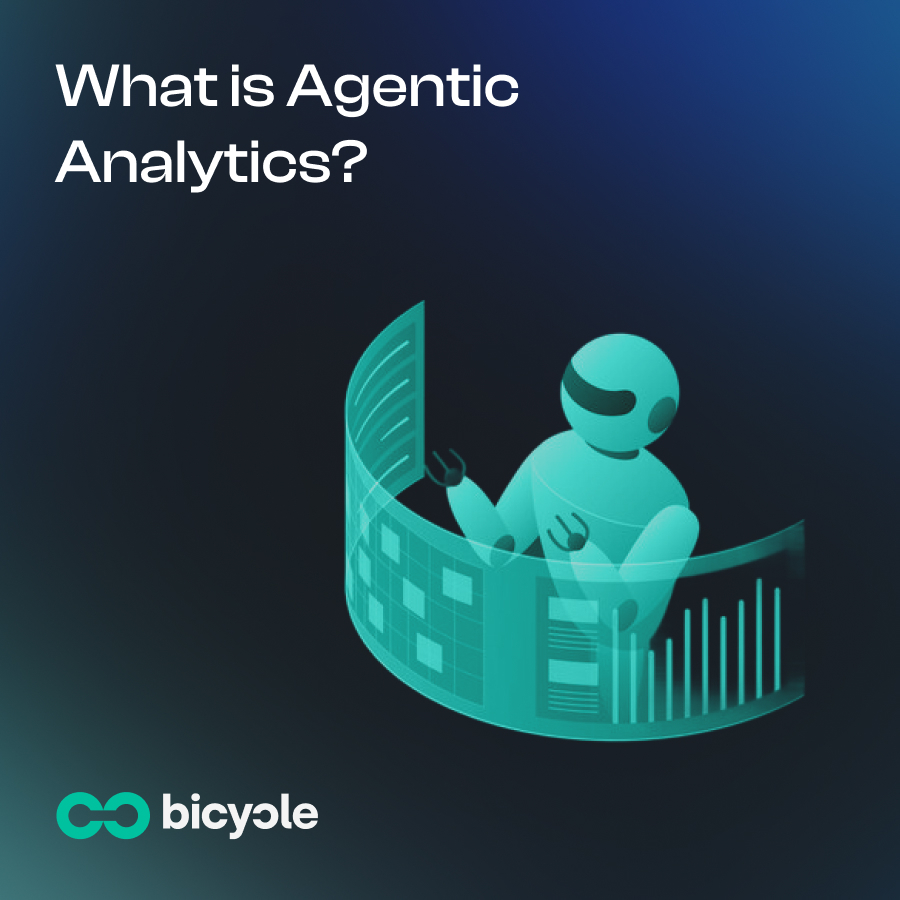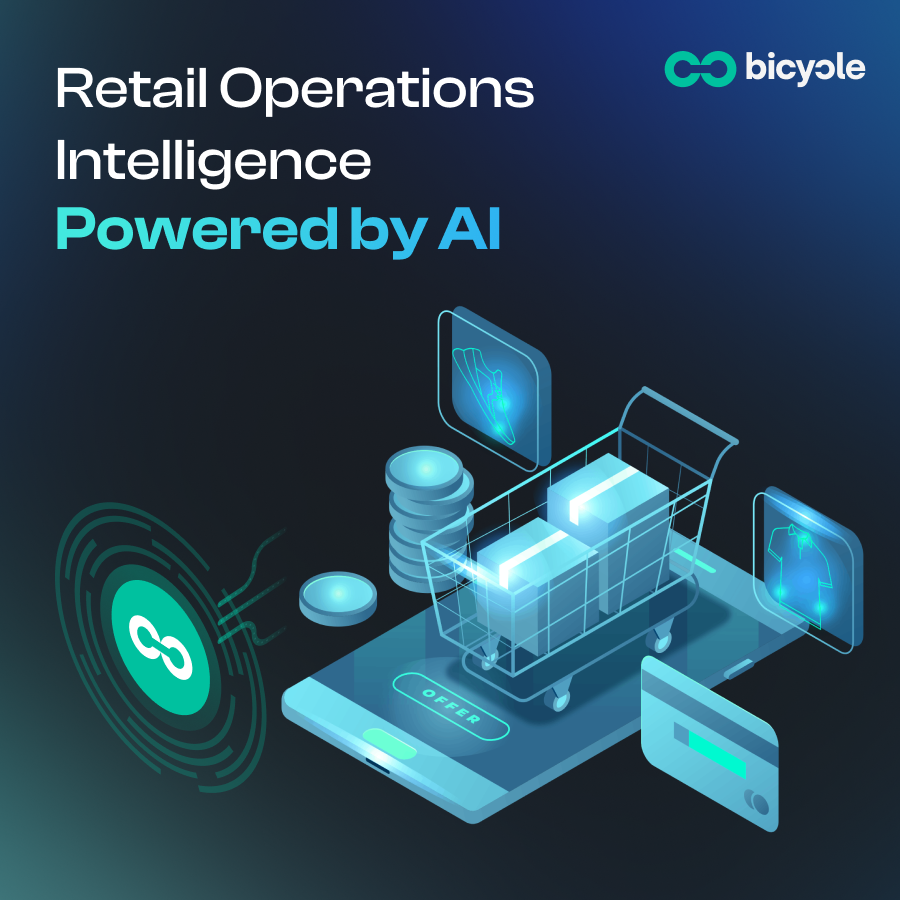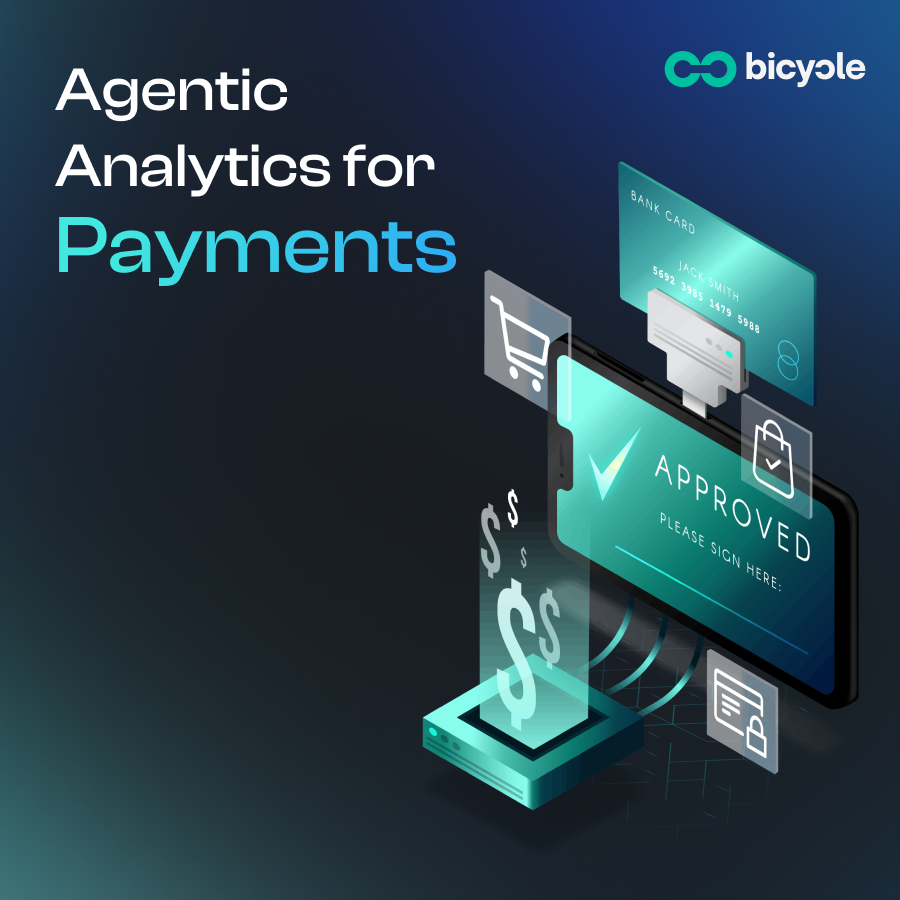If you sell online at any real scale, revenue doesn't leak from one big hole. It seeps out through hundreds of tiny cracks you only notice in hindsight, usually after month-end reviews. Working with marketplaces, direct-to-consumer brands, grocers, and electronics chains, the pattern is always the same: a quiet drop in search-to-purchase conversion, promotional codes stacking where they shouldn't, a specific device and browser combination that suddenly fails payment processing. None of it makes a splash individually. All of it adds up.
Below is how retail operations teams think about revenue leaks and real-time fixes by retail segment. This reflects patterns we've seen working with live retail data, not academic theory.
1. Large Marketplaces and Aggregators
What quietly leaks: Long-tail out-of-stock blind spots and stale seller data feeds. Your dashboard says "inventory healthy," but for USB-C cables in New York City, the top search results are actually unavailable. Search conversion drops, and the ranking algorithm keeps boosting the wrong sellers because they look popular based on past performance.
Example: Search conversion for USB-C cables in Chicago down 11 percentage points. 72% of top listings show as available but are actually out-of-stock or mispriced due to delayed seller feed updates.
How AI helps: The system alerts on the conversion drop, shows the blast radius (category → city → sellers), and adjusts ranking logic. It boosts in-stock sellers immediately, notifies out-of-stock sellers to update inventory, and suppresses listings with stale availability data. The goal: fewer dead clicks in the next hour, not next week.
2. Direct-to-Consumer (DTC) and Vertical Brands
What quietly leaks: Product launch spikes break checkout in specific regions. Promotions cannibalize margin where inventory is already thin. Returns can make sell-through look healthier than reality.
Example: Cart abandonment up 8% for Size XL during a 20% promotional event. XL inventory was depleted at the East Coast distribution center, so shoppers got a discount code and an "unavailable in your size" message.
How AI helps: The system connects promotional code usage with inventory levels by size and region in real time. It suggests geo-limiting the promotion, routes XL orders to alternate distribution centers with available stock, and alerts merchandising to swap creative assets. Not in the next sprint planning meeting—while the product launch is live.
3. Omnichannel Big-Box Retailers and Grocery Stores
What quietly leaks: Stock accuracy between store shelves and online systems. Buy-online-pickup-in-store (BOPIS) cancellations that hurt customer satisfaction. Picking delays due to understaffing during peak hours.
Example: Store #047's BOPIS cancellation rate is up 5 percentage points since noon. The website inventory shows available. The store is short on order pickers during lunch rush.
How AI helps: The system catches the BOPIS cancellation spike at individual store level, identifies the cause (labor shortage, inventory mismatch, or system delay), and proposes fixes: flag for shift coverage adjustment, temporarily limit new BOPIS order slots, or prioritize fulfillment from nearby stores. Protects the afternoon performance.
4. Quick-Commerce and 15-Minute Grocery Delivery
What quietly leaks: Micro-fulfillment inventory goes out-of-stock in minutes. Delivery driver availability fluctuates throughout the day. Substitute product recommendations don't always match how customers actually shop.
Example: Bananas go out-of-stock at the downtown Dallas fulfillment center. "Search with no results" errors jump 9%, and estimated delivery time increases scare off customers ready to purchase.
How AI helps: The system detects the out-of-stock spike and rising delivery estimates together. It generates dynamic substitute product recommendations and alerts dispatch to allocate extra delivery capacity for the 5-7 PM window. The impact is subtle but measurable—conversion improves within the hour.
5. Fashion Specialty Retailers
What quietly leaks: Size and color combinations going out-of-stock while still ranking highly in search. Flash sale traffic slowing product page loads. Returns distorting demand signals for restocking decisions.
Example: Size M in black is out-of-stock but still ranking #1 in search results for a popular t-shirt. Flash sale traffic increases page load time, causing shoppers to abandon before pages fully render.
How AI helps: The system demotes out-of-stock size/color combinations immediately. It reorders the product grid to prioritize actual availability. It prefetches images for popular sizes and delays loading secondary page widgets during traffic spikes. It tags the out-of-stock period so buyers see true demand signals, not inflated numbers from unavailable inventory.
6. Consumer Electronics Chains
What quietly leaks: Price-match competitive pressure requiring real-time repricing. Payment processing declines on high-ticket items. Checkout friction on expensive products.
Example: Payment authorization declines on high-value graphics cards up 6 percentage points for a specific credit card issuer due to 3-D Secure authentication timeouts on Chrome browser. The fraud detection system is working fine, but legitimate transactions are failing.
How AI helps: The system analyzes authorization and capture rates by device, browser, card issuer range, and payment service provider. It spots the timeout pattern and switches affected transactions to a backup payment processor. It adds buy-now-pay-later messaging as an alternative. This stops losing legitimate customers while the payment vendor resolves the technical issue.
7. Hardlines and Home Improvement Stores
What quietly leaks: Heavy-item delivery promises without sufficient carrier capacity. Store-level inventory drifting during weekends or seasonal demand surges.
Example: "Delivery unavailable" errors for grills spike on a sunny weekend. Carrier capacity is fully utilized. Customers select alternative delivery dates, which often converts to abandoned purchases.
How AI helps: The system treats delivery capacity failures as revenue events. It rebalances carrier allocations across zones, prompts checkout to display next viable delivery windows earlier in the purchase flow, and temporarily reduces homepage merchandising prominence for affected zip codes until capacity stabilizes.
8. Department Stores with Marketplace Extensions
What quietly leaks: Third-party seller service level agreement erosion. Cross-channel promotional code stacking. Stale product feeds undermining endless-aisle strategy.
Example: Seller "HomeEssentials" misses shipping windows by 8 percentage points compared to their standard performance. Customers don't distinguish between marketplace sellers and store-owned inventory. They blame the retailer.
How AI helps: The system reduces buy-box placement share for underperforming sellers, notifies vendor management teams, blocks unintended promotional code stacking, and suggests store credit offers for returns that could convert back to online purchases.
The Pattern Across All Retail Segments
None of these fixes require organizational restructuring or six-month implementation projects. What makes the difference is seeing the customer journey the way shoppers experience it: by city, category, size, device, payment method, and delivery window.
When a meaningful conversion drop appears, three questions matter:
- Who exactly is experiencing it? (Down to specific route, store, size, device, card issuer)
- What changed? (Feed latency, seller performance, operating system release, promotional logic, staffing levels)
- What's the smallest safe action we can take now? (Re-rank, suppress, failover, throttle, notify)
How Bicycle AI's Approach Differs
Most analytics tools work with raw data queries: join this table with that table, filter by date range, group by category. That works for historical analysis but breaks down for real-time operations.
Bicycle AI builds a business model of how your retail operation actually works—the products, sizes, stores, delivery capacity, payment gateways, and promotional rules that define your business. Instead of querying raw data tables, it understands the relationships: how inventory affects search conversion, how payment methods vary by device, how delivery capacity impacts purchase decisions.
When search-to-purchase conversion drops for Size M black t-shirts in Miami on iOS Safari, the system doesn't hand you a chart to interpret. It shows you why it's happening and proposes the specific fix—because it understands your business structure, not just your data structure.
This is the difference between descriptive analytics (what happened) and operational intelligence (what to do about it).
Beyond Dashboards
If you already have dashboards tracking overall metrics, that's valuable for strategic decisions. This AI-powered operational layer catches the small leaks while they're happening—the ones that don't show up in aggregate views until it's too late to act.
The best retail operations teams now run both: dashboards for strategic planning, operational intelligence for real-time protection.
Stop Revenue Leaks Before They Add Up
Bicycle AI is built specifically for retail operations intelligence. It understands how inventory, pricing, promotions, payments, and delivery interact in real time. It detects the small revenue leaks across your business and proposes specific fixes while you still have time to act.
Ready to see how this works with your data? Book a personalized demo and we'll walk through your specific operations—inventory gaps, pricing inconsistencies, promotional effectiveness, payment issues—and show you where revenue is leaking today.

















